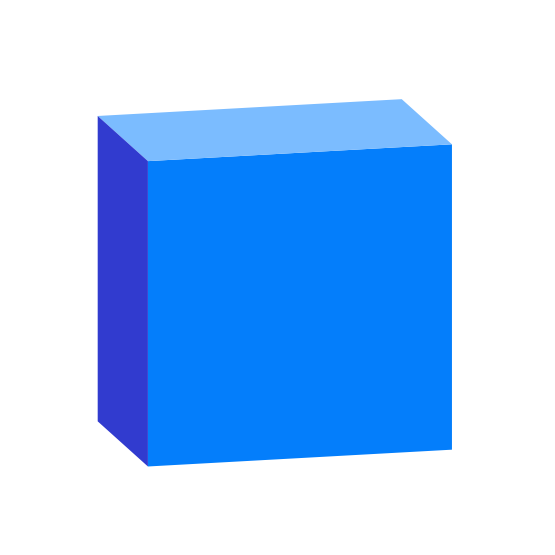Speckle is data infrastructure for the AEC industry.
- Object-based: say goodbye to files! Speckle is the first object based platform for the AEC industry
- Version control: Speckle is the Git & Hub for geometry and BIM data
- Collaboration: share your designs collaborate with others
- 3D Viewer: see your CAD and BIM models online, share and embed them anywhere
- Interoperability: get your CAD and BIM models into other software without exporting or importing
- Real time: get real time updates and notifications and changes
- GraphQL API: get what you need anywhere you want it
- Webhooks: the base for a automation and next-gen pipelines
- Built for developers: we are building Speckle with developers in mind and got tools for every stack
- Built for the AEC industry: Speckle connectors are plugins for the most common software used in the industry such as Revit, Rhino, Grasshopper, AutoCAD, Civil 3D, Excel, Unreal Engine, Unity, QGIS, Blender and more!
Give Speckle a try in no time by:
for help, feature requests or just to hang with other speckle enthusiasts, check out our community forum!
our tutorials portal is full of resources to get you started using Speckle
reference on almost any end-user and developer functionality
This monorepo is the home to our Speckle 2.0 .NET projects:
Core: the canonical SDK for Speckle. It supports multiple data transports, and advanced decomposition API for design data, and offers a dynamic base for object definition.Objects: the Objects Kit is our default interoperability kit. Read more about kits and their role in the Speckle ecosystem here.Converters: conversion routines for each of the connectors mentioned below
- Speckle Connectors
ConnectorAutocadCivil: for Autodesk AutoCAD and Civil3D 2021+ConnectorDynamo: for Autodesk DynamoConnectorGrasshopper: for McNeel GrasshopperConnectorRevit: for Autodesk Revit 2019+ConnectorRhino: for McNeel Rhino 6+
DesktopUI2: reusable UI for all connectors (except visual programming)
Make sure to also check and ⭐️ these other Speckle repositories:
speckle-server: Server and Web packagesspecklepy: Python SDK 🐍speckle-excel: Excel connectorspeckle-unity: Unity 3D connectorspeckle-blender: Blender connectorspeckle-unreal: Unreal Engine Connectorspeckle-qgis: QGIS connectodspeckle-powerbi: PowerBi connector- and more connectors & tooling!
Clone this monorepo; each section has its own readme, so then just follow those instructions.
Issues or questions? We encourage everyone interested to debug / hack / contribute / give feedback to this project.
A note on Accounts: The connectors themselves don't have features to manage your Speckle accounts; this functionality is delegated to the Speckle Manager desktop app. You can install it from here.
Please make sure you read the contribution guidelines for an overview of the best practices we try to follow.
For any security vulnerabilities or concerns, please contact us directly at security[at]speckle.systems.
Unless otherwise described, the code in this repository is licensed under the Apache-2.0 License. Please note that some modules, extensions or code herein might be otherwise licensed. This is indicated either in the root of the containing folder under a different license file, or in the respective file's header. If you have any questions, don't hesitate to get in touch with us via email.















